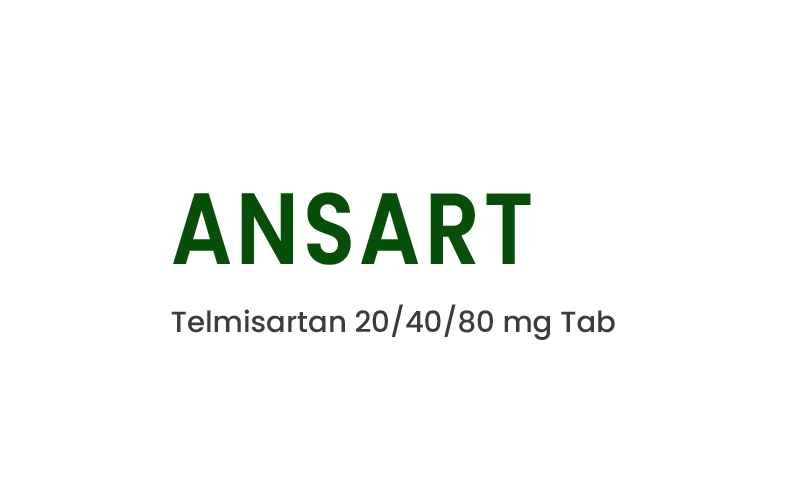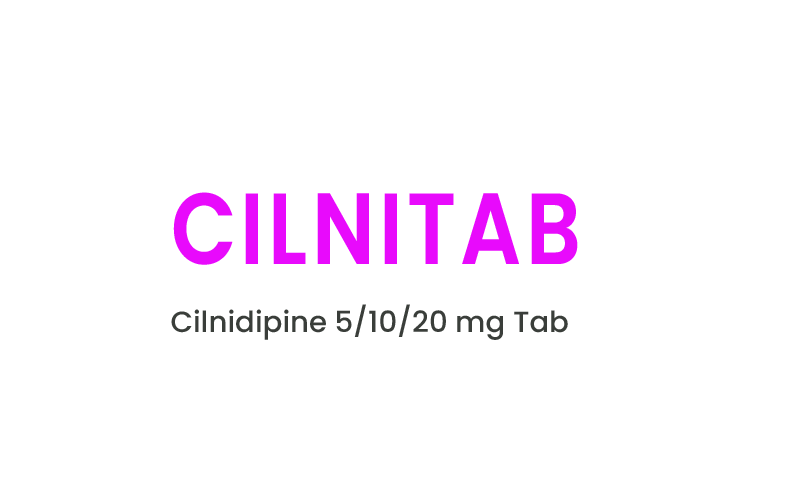Recent Search Keywords
- info@magnuspharma.com.np
- marketing@magnuspharma.com.np
- (+977) 01-5366878 / 4249929
ANSART

ANSART
Hypertension Cardiovascular risk reduction in patients unable to take ACE inhibitors
Telmisartan interferes with the binding of angiotensin II to the angiotensin II AT1-receptorby binding reversibly and selectively to the receptors in vascular smooth muscle and the adrenal gland. As angiotensin II is a vasoconstrictor, which also stimulates the synthesis and release of aldosterone, blockage of its effects results in decrease in systemic vascular resistance.
Oral telmisartan follows nonlinear pharmacokinetics over the dose range of 20 mg to 160 mg.. With once-daily dosing, telmisartan has trough plasma concentrations of about 10% to 25% of peak plasma concentrations. The absolute bioavailability of telmisartan depends on the dosage. At 40 mg and 160 mg, the bioavailability was 42% and 58%, respectively. Food slightly decreases bioavailability. For instance, when the 40 mg dose is administered with food, a decrease of about 6% is seen, and with the 160 mg dose, there is a decrease of about 20%. Telmisartan is highly bound to plasma proteins (>99.5%), mainly albumin and alpha 1-acid glycoprotein. Telmisartan displays bi-exponential decay kinetics with a terminal elimination half-life of approximately 24 hour.
For hypertension : 20mg once daily as starting dose ,and can be increased upto 40mg once daily For cardiovascular risk reduction : 80mg once daily
Alu Alu strip of 10*15s


